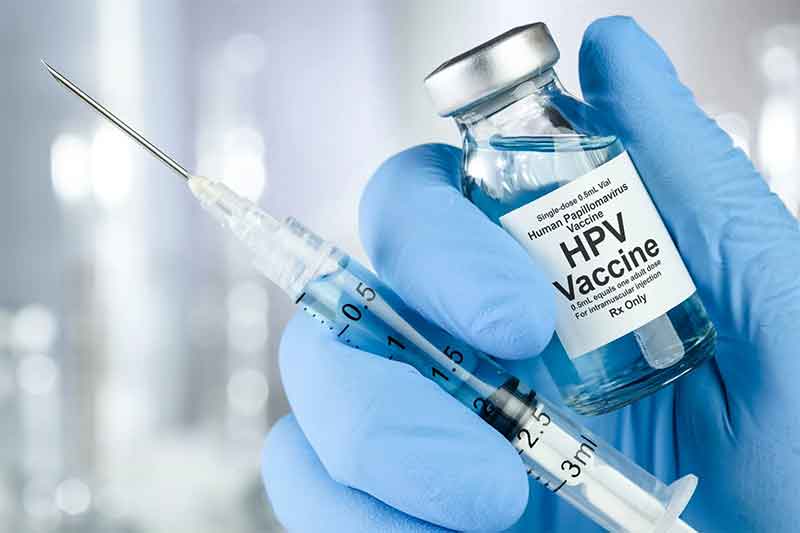
One in four cancer patient is a tobacco consumer in India. And if you honestly say that you have not seen any smoker suffer from cancer, as is likely, you may still be right because you have seen the other three.
You may even agree with Mr. Shyam Charan Gupta, a beedi baron, one of the BJP MPs, and the former head of the parliamentary committee of subordinate legislations that examined the provisions of Cigarettes and Other Tobacco Products Act 2003. In 2015, Mr. Gutpa had said that he could produce a lot of people who are chain smokers of beedi and have had no disease.
However, lack of exposure to tobacco-related cancer does not mean absence of such cases. The recently released ICMR’s 2020 Report of National Cancer Registry Programme (NCRP) estimates that by the year 2025 the number of tobacco-related cancer cases will exceed 4 lakhs and will constitute 27 percent of all cancers in India. In fact, tobacco-related cancer cases will exceed all major forms of cancer such as cervical, breast and gastro-intestinal tract, etc.
NCRP is a repository of data for surveillance of cancers in the country. The 2020 report includes data for four years (2012 – 2016) from 28 Population Based Cancer Registries (PBCRs) and 58 Hospital Based Cancer registries (HBCRs) in India.
The population based cancer registries shows that South India performs better than other parts of the country. Among males, with slightly over 40 percent relative proportion of sites of cancers associated with tobacco use, Hyderabad district and Chennai fall much behind most other parts of the country. Similarly, among females, lower proportion have cancers associated with tobacco use in Hyderabad district and Chennai (about 14 percent) than in cities such as Ahmedabad (urban), Bangalore, Bhopal, Kolkata, Mumbai, Nagpur and Pune.
Broadly speaking, tobacco consumption is of two types: Smoking and smokeless. In India, people smoke tobacco in the form of cigarettes, bidis, hooka, hookli, chillum, chutta, and dhumti. While cigarette and bidi are predominant forms of tobacco smoking, hooka use is catching up in the form of hooka bars, especially in urban areas.
According to the Centres for Disease Control and Prevention (CDC), an hour of smoking hookah is even more harmful than that of cigarette. This is mainly because an hour-long session of hookah involves 200 puffs as compared to cigarette which requires 30 puffs in an hour. In August 2020, Covid 19 forced the Delhi government to ban belatedly the use of hookahs, with or without tobacco, in all public places, including hotels, restaurants and bars.
Dhumti, on the other hand, has a gender twist. Used mostly in Goa, both male and female smoke it. However, males smoke dhumti in conventional manner, but females smoke it in reverse manner — by keeping the burning end inside the mouth.
The smokeless form of tobacco use in India includes betel quid chewing, mawa, mishri, khaini, gutka, snuff, and as an ingredient of pan masala.
Whether smoking or non-smoking type, tobacco-induced cancer affects several parts of the body: Lip, tongue, mouth, pharynx, oesophagus, larynx, lung and urinary bladder. However, the picture is not as clear as may seem.
Cancer adversely affects different parts of the male and female body depending on where the person lives. In the south, north and east, lung is the most common site of cancer among males. Of the total number of cancer cases in these regions, lung cancer affects around 30 percent of males. In the western and central regions, cancer mostly affects the mouth. In the northeast, the site is the hypopharynx — part of the throat (pharynx) that lies beside and behind the larynx.
However, among females in the central, east and western regions of the country, tobacco-induced cancer affects the mouth. In the north, cancer oesophagus and cancer lung have the highest proportion among the cancers associated with use of tobacco. Cancer oesophagus is common in the north eastern region.
In all of this, the villain of the piece is the tobacco. It is one of the top 10 risk factors driving both death and disability in the country. It is a behavioural risk meaning if they will it, tobacco users can stop its consumption.
India is the third largest producer of tobacco in the world. With revenues exceeding $6 billion in 2019, ITC, an Indian multinational conglomerate, is part of the top 10 leading tobacco companies in the world in terms of net sales. Besides cigarettes, the company has diversified into several product lines and services. However, cigarettes constitute only a very small percentage of total tobacco consumption in the country. Despite this, the increase in (real) price of cigarettes is much larger than increase in the price of chewing tobacco and bidis that are consumed in far greater quantity. Since 2008, the price of a packet of cigarette with 10 sticks has increased by over Rs. 20 but a bundle of bidis of 25 sticks has increased by about Rs.6 and that of chewing tobacco (10g) by about Rs. 2.
Tobacco use contributes to more than 13 lakh deaths in the country. Although tobacco-related morbidity and mortality continue to be high, the prevalence of any form of tobacco use has decreased by six percentage points in the last 10 years or so. This is mainly due to aggressive government action in the form of increase in the price of cigarettes and prominent display of pictorial health warnings on packs.
About 29 percent of Indians consume tobacco either in smokeless or smoke form. Nineteen Indian states have tobacco consumers less than 29 percent. The five southern states — Tamil Nadu, Andhra Pradesh, Telangana, Karnataka and Kerala belong to this category.
In Tamil Nadu, 20 percent of adult population consumes tobacco. In nearby Puducherry, that number declines to almost half of that in Tamil Nadu. The worst off are the seven northeast states with Tripura topping them all with 65 percent of population consuming tobacco.
Interestingly, over 90 percent of the 76, 750 adult respondents of the all-India Global Adult Tobacco Survey-2 survey said they believed that tobacco causes serious illness. This fact indicates that many of such people are ready to change their behaviours. The question who will nudge them to lead a cancer-free life.
Pradeep Krishnatray is former director, Research and Strategic Planning, Johns Hopkins Center for Communication Programs, New Delhi
SIGN UP FOR COUNTERCURRENTS DAILY NEWSLETTER

















































